It’s almost four years since my father died in October 2017. At the time we weren’t able to have a funeral because dad left his body to medical science. We did hold a memorial service instead, just a couple of weeks after his death, so I think for most people there was little difference. But it did mean that we could be a bit more creative with the venue so instead of the local crematorium or cemetery, we held the ceremony on board a ship. Highly appropriate as dad had been in the Merchant Navy.
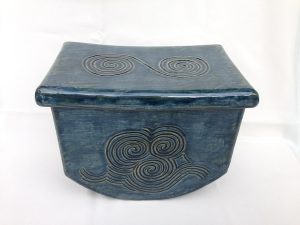
But what happens to bodies that are used by teaching hospitals in this way? Well they may be used for teaching anatomy or in research. We know that dad’s body was used in research and while that can be difficult and painful to think about, it would have made him very happy to know that even after his death, he was contributing in such an important way to science.
Then, after no more than three years, the university holds a direct cremation and the ashes are returned to the family. So what happens after that? Some people want to scatter the ashes. Some want to have them interred. Some people want to keep them.
In our case, dad hadn’t left any instructions but we felt it would be nice to keep the ashes in the garden of the house where he lived for 50 years and where my mother still lives. So we thought about getting an urn to keep them in.
There’s no shortage of attractive (and not so attractive…) options. But we thought it would be appropriate to get something personal and I knew of ceramicists who make bespoke funerary urns. In fact, I wrote a little piece for this blog about Jane Sheppard who does lovely work. But in the end we decided to invite Ann Bates, a Derbyshire based potter, to make something for us.
Ann was extremely helpful all throughout the whole process. We had chosen one of her existing urns as a starting point. Then we asked for designs that would echo the sorts of spirals that Ann often uses but with a hint of waves and the sea. We also wanted if possible to bring in the idea of stars and navigation.
That gave Ann something to work with and she came back with some design ideas. She also gave us some samples to help choose the kind of colours that we were after – sea greens and blues. In particular she came up with the lovely suggestion of incorporating a star map on the inside of the lid.
Ann kept us informed and sent photos at every stage of the process. It helped us feel involved in the creative process.
Now we have the finished urn and will choose a time and prepare a spot in the garden for it soon.
Thank you Ann for making such a personal and beautiful object to honour my father.



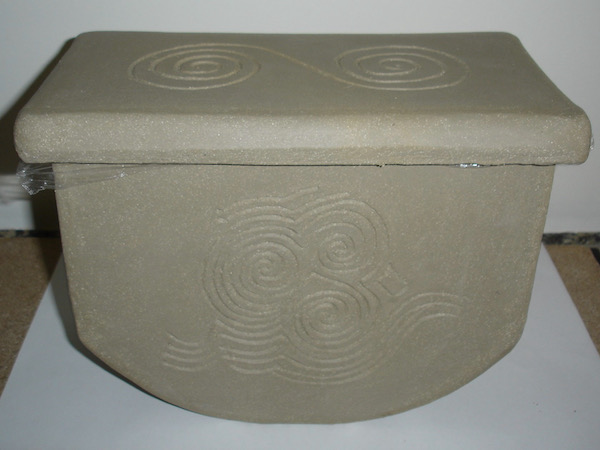
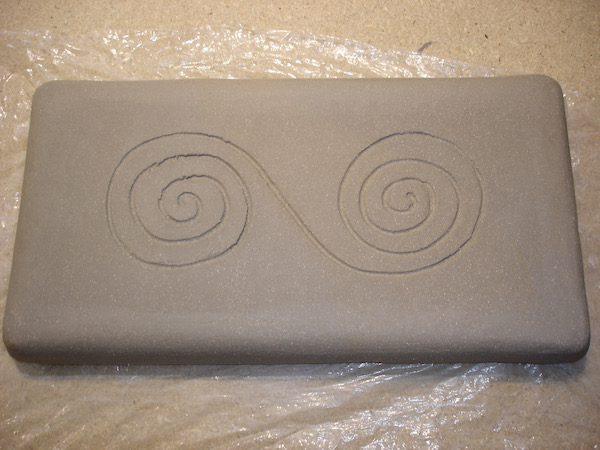
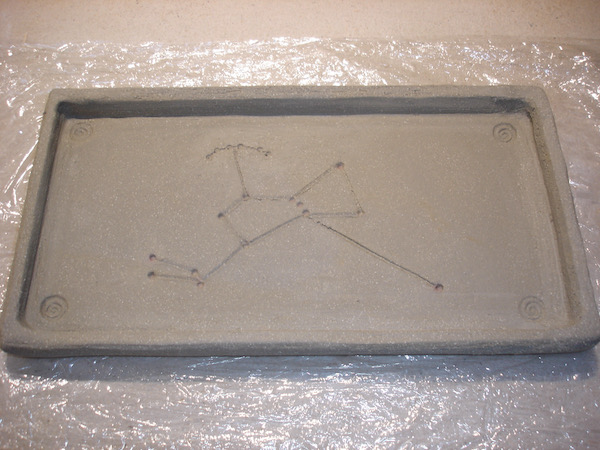

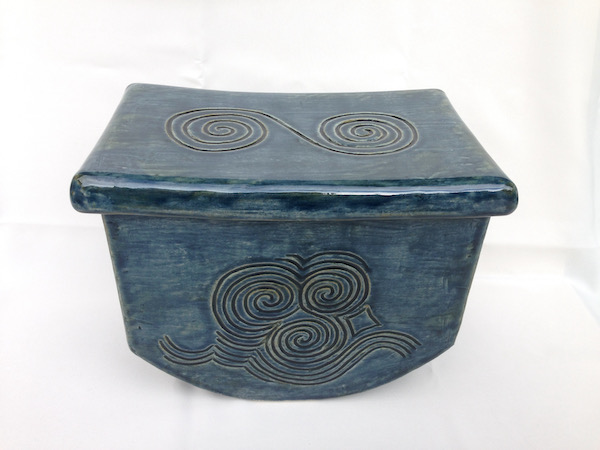
Thanks for sharing this idea Michael, its really helpful to know that Anne provides such a personal service and it sounds like the whole process was very therapeutic too!
Many thanks,
Cate
Thanks Cate – it was a really valuable experience for us. Michael